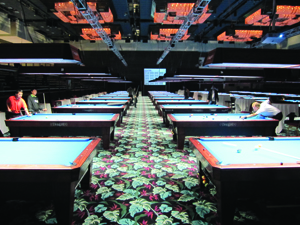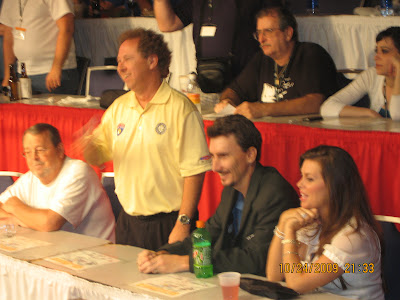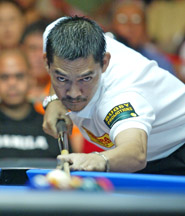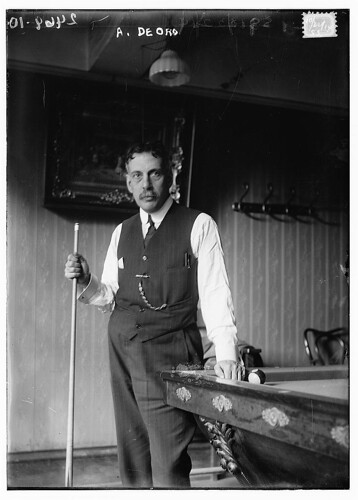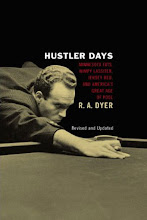 This just in from the One Pocket Hall of Fame: Minnesota Fats and Jose Parica have been selected to become its two newest inductees. The organization also has inducted Chicago's Glenn "Piggy Banks" Rogers for his prowess in bank pool.
This just in from the One Pocket Hall of Fame: Minnesota Fats and Jose Parica have been selected to become its two newest inductees. The organization also has inducted Chicago's Glenn "Piggy Banks" Rogers for his prowess in bank pool. The One Pocket Hall of Fame is sponsored by Onepocket.org. Unlike the Billiard Congress of America Hall of Fame (the two endeavors are in no way affiliated) the One Pocket Hall of Fame proudly honors players known for their heart in high-stakes action matches. As noted in the One Pocket Hall of Fame release: "Everyone knows that pool has always had two very different cultures of competition – the establishment culture of tournaments, wholesome recreation and industry endorsements on the one hand, and the after-hours culture of gambling and hustling on the other hand. It is the mission of the One Pocket Hall of Fame to honor and remember those great players and great games that represent the legacy of Pool in Action."
As such, the induction of Fats was a great choice. A dangerous one-pocket player during his prime, Fats is also remembered as a great promoter of the sporting life associated with pocket billiards. His real name was Rudolf Wanderone. He became famous after the release in 1961 of The Hustler, the film starring Jackie Gleason and Paul Newman. He was also an important participant in the early Johnston City tournaments.
Parica, a former Derby City champion, has gained a reputation as one of the nation's most formidable one-pocket players. Known as "Amang" by his friends (tagalog for "father"), Parica was among the first from pool's so-called "Philippine Invasion." His after-hour match-ups with fellow legend Efren Reyes have become the stuff of legend. That's a picture at the top of this post of Parica (courtesy Steve Booth at Onepocket.org).
The third inductee, "Piggy Banks," emerged as one of Chicago's leading bank players. And that's from a city known for great bankers.
In addition, the Hall of Fame also will present its Lifetime Pool in Action award to Seattle's Harry Plattis. According to the Hall of Fame release: "Harry’s name has been synonymous with pool action for more than forty years. Even as he built a successful law career he has maintained an impressively competitive game and a willingness to mix it up with champions for big money, both as a player and a backer."
The ceremony will take place at the Derby City tournament, during a Jan. 26 banquet hosted by one-pocket Hall of Famers Grady Mathews and Freddy "The Beard" Bentivegna. The Horseshoe Casino in Elizabeth, Indiana hosts the tournament. Advanced tickets are available through the OnePocket.org web site. Any remaining tickets will be available at the Derby City Classic.
-- R.A. Dyer



